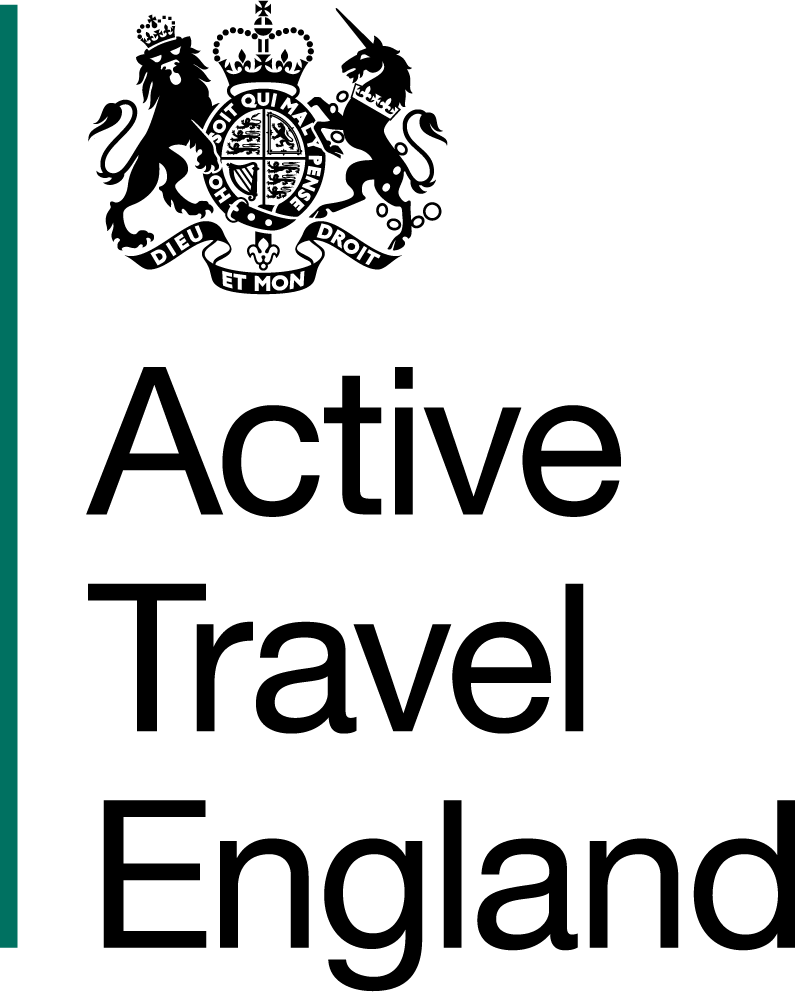5.4.7 Group management – top tips
Top tips
Get to know the needs of everyone in the group. This will help you give them the right level of support
Share clear expectations at the start of a session. Talk about their responsibilities as riders.
Learn names quickly to create a strong relationship with the riders.
Use positive language that matches each rider’s level of understanding.
Be friendly but firm with the louder, more chatty riders. Make sure everyone knows the rules you have agreed together.
Consider how best to support the quieter riders so they enjoy their training. Try to draw out responses from these riders in a supportive and friendly way.
Some riders may not be able to communicate verbally and may choose, and feel more comfortable, working with a friend in a pair. They may want to show their understanding through writing or drawing, or use a translator (if training is not being delivered in their first language or they use sign language).
Focus on ‘journey based’ training that gets riders thinking about common trips they could do on their cycles. Include familiar locations and landmarks in your session.
Think about the different ways you can teach to support different styles of learning. You could use pictures and other visual aids.
Ask the school or organiser about their reward and behaviour policy. This could be a useful tool for managing the group and individuals.
Keep things positive and fun! You’re more likely to keep the whole group engaged.
Explain things in bite-sized chunks, using language appropriate for the age group. Try to communicate by showing, rather than telling.
Be aware and plan for different abilities within the group and adapt your activities to suit each rider.
For example, when turning left out of a minor road, some of the group could complete a U-turn and right turn back in, while others could stop after the left turn and walk back on the pavement or crossroad on foot before riding back.
Be prepared to move the group to another location if it’s too distracting, or if you feel there are not enough opportunities for students to practise what they have learned.
Before any session, gather information about any special educational needs and disabilities/additional learning needs, and find out if there are any behavioural issues (consent forms should have this information). You can then plan your session to make sure it meets everybody’s needs. Be prepared to adjust as you learn more about your riders during the session.
